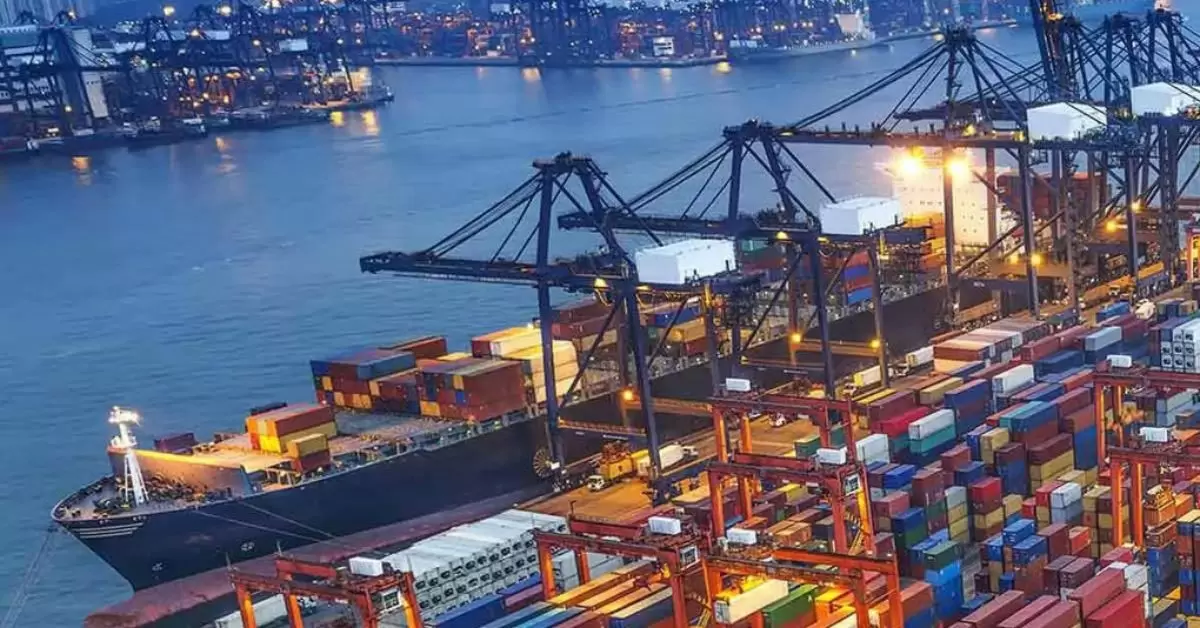MoPSW issues green port guidelines
Sustainable Efforts at Major Ports to Protect the Environment

The Ministry of Ports, Shipping and Waterways has taken many steps to make sure that our ports are clean and environmentally friendly. Regular awareness campaigns are held at ports to raise public knowledge about the importance of protecting the environment. These campaigns focus on topics like climate change, water conservation, energy saving, ecosystem protection, and banning single-use plastics. Special days like World Environment Day are also celebrated to spread awareness.
To support these efforts, the ministry has introduced a set of green guidelines called “HaritSagar.” These guidelines aim to reduce pollution and make ports more eco-friendly. Under these guidelines, ports are encouraged to cut down on carbon emissions and adopt practices that protect the environment. There is no specific budget for these initiatives, but they are essential for creating a cleaner, greener future.
The Central Pollution Control Board and the State Pollution Control Boards regularly check the air and water quality at ports. They also conduct environmental audits to make sure that all ports are following the correct rules. Ports strictly follow the MARPOL convention, which sets international rules for preventing pollution at sea.
As part of the green guidelines, the Ministry has also proposed several incentives to encourage the use of cleaner energy at ports:
- Cleaner Ships: Ships that use cleaner fuels or have equipment to receive power from the shore will be given priority when docking at ports. They may also receive discounts on berthing fees to promote sustainability.
- Private Operators Using Green Fuels: Private operators at ports who use alternative fuels like methanol, ethanol, or hydrogen fuel cells will be rewarded.
- Electric and Green Vehicles: Businesses using electric vehicles or green fuels like CNG, LNG, and hydrogen in their fleets may also get rewards and recognition for their efforts.
- Eco-Friendly Designs: Public-Private Partnership (PPP) concessionaires at ports will be encouraged to adopt carbon-neutral designs and practices. These practices help to reduce environmental damage.
Ministry of Steel organizing an event Greening Steel: Pathway to Sustainability
Ports like Visakhapatnam in Andhra Pradesh have also taken many steps to fight pollution. Some of these measures include:
- SwachhSagar Portal Compliance: All vessels visiting the port must follow the guidelines on the SwachhSagar Portal to ensure cleaner seas and ports.
- Solar Power: Ports are using solar energy to reduce carbon emissions.
- Sewage Treatment: Sewage treatment plants (STPs) have been set up to clean wastewater before it is released.
- Covered Cargo Stacks: To prevent dust pollution, bulk cargo like iron ore and coal is stored in covered stacks.
- Dust Control: Mist cannons and sprinklers are used to reduce the spread of dust from cargo.
- Mechanized Transport: Cargo is moved using conveyor belts, which reduces the need for trucks and helps keep roads cleaner.
- Green Belts: Green spaces are being developed around ports to improve the environment.
- Cleaning Roads: Mechanized machines are used to clean roads and collect any cargo spillage in operational areas.
All of these actions are part of a bigger effort to make ports more eco-friendly and reduce pollution. The Union Minister of Ports, Shipping & Waterways, Sarbananda Sonowal, shared this information in a recent reply in the Lok Sabha, highlighting the ministry’s commitment to a cleaner, greener environment.
